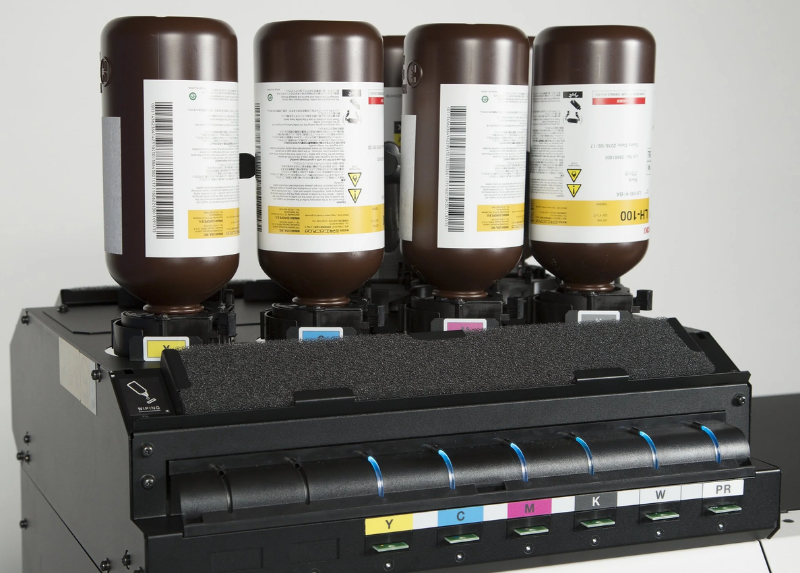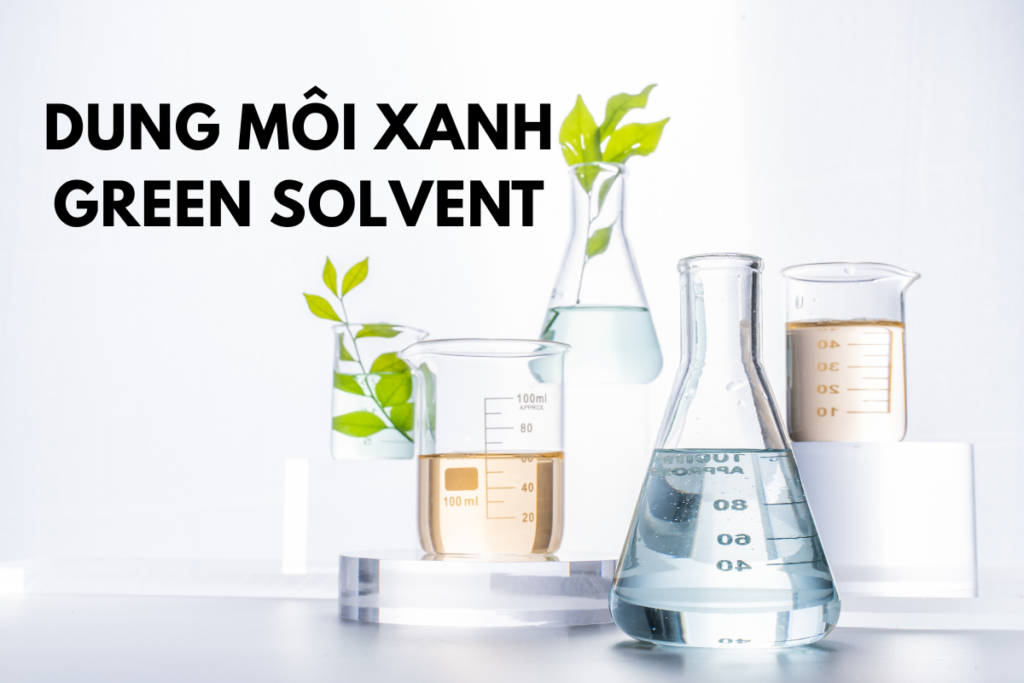TOP 20+ Hazardous Chemical Warning Signs and How to Quickly Identify Them
30/06/2025
|
Industry news
Hazardous chemical signs are symbols, icons, or labels used to warn about the risks associated with dangerous chemicals or waste. These signs help protect human health, workplace safety, and the environment. They provide information about the level of chemical danger (such as toxicity, flammability, corrosiveness, etc.) and offer guidance on safe handling. Typically designed with clear shapes, colors, and symbols, these signs follow international standards like the GHS (Globally Harmonized System of Classification and Labelling of Chemicals).
Where Do Hazardous Chemical Signs Commonly Appear?
Hazard warning signs are often found in the following locations:
- On Safety Data Sheets (SDS): SDS documents offer detailed information on chemicals, including GHS hazard pictograms in the “Hazard Identification” section to highlight specific risks.
- On chemical drums and packaging labels: Labels on containers, drums, or shipping packages usually include GHS symbols, hazard information, safety instructions, and supplier details.
- Inside factories or chemical storage facilities: Signs are posted in production, storage, or handling areas to warn workers and staff of potential dangers.
- On transport vehicles: Vehicles carrying hazardous chemicals by road, sea, or air must display warning labels in accordance with international regulations, along with the UN Number to identify the dangerous substance.
- At hazardous waste treatment areas: Warning signs are used in waste storage or processing areas to caution and guide safe handling procedures.
TOP 5 Physical Hazard Chemical Warning Signs
| No. | Toxic Symbol Image | Symbol/Name of Hazard Sign | Warning Meaning |
| 1 |  |
GHS01: Explosive | Warns of chemicals that may explode, self-react, or detonate under heat, impact, or friction (e.g., organic peroxides, nitroglycerin). |
| 2 | 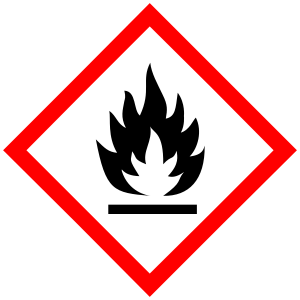 |
GHS02: Flammable | Indicates substances that easily ignite or catch fire (e.g., gasoline, methanol, acetone). |
| 3 | 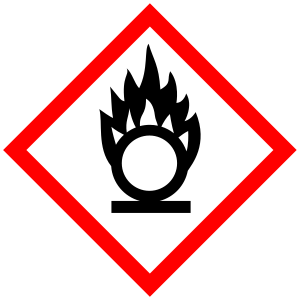 |
GHS03: Oxidizing Agent | Warns of chemicals that can cause or intensify fire when in contact with other substances (e.g., hydrogen peroxide, potassium permanganate). |
| 4 | 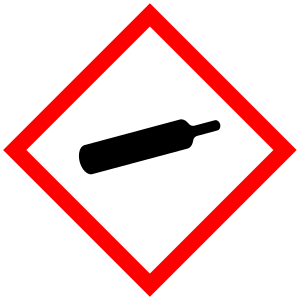 |
GHS04: Compressed Gas | Alerts about gases under pressure that may explode or leak (e.g., nitrogen, oxygen cylinders). |
| 5 | 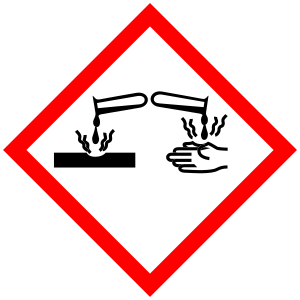 |
GHS05: Corrosive | Indicates chemicals that can corrode skin, eyes, or metals (e.g., sulfuric acid, sodium hydroxide). |
TOP 4 Health Hazard Chemical Warning Signs
| No. | Toxic Symbol Image | Symbol/Name of Hazard Sign | Warning Meaning |
| 1 | 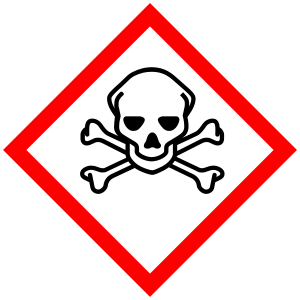 |
GHS06: Acute Toxicity | Extremely toxic substances that can cause death or severe harm if inhaled, ingested, or absorbed (e.g., cyanide, arsenic). |
| 2 | 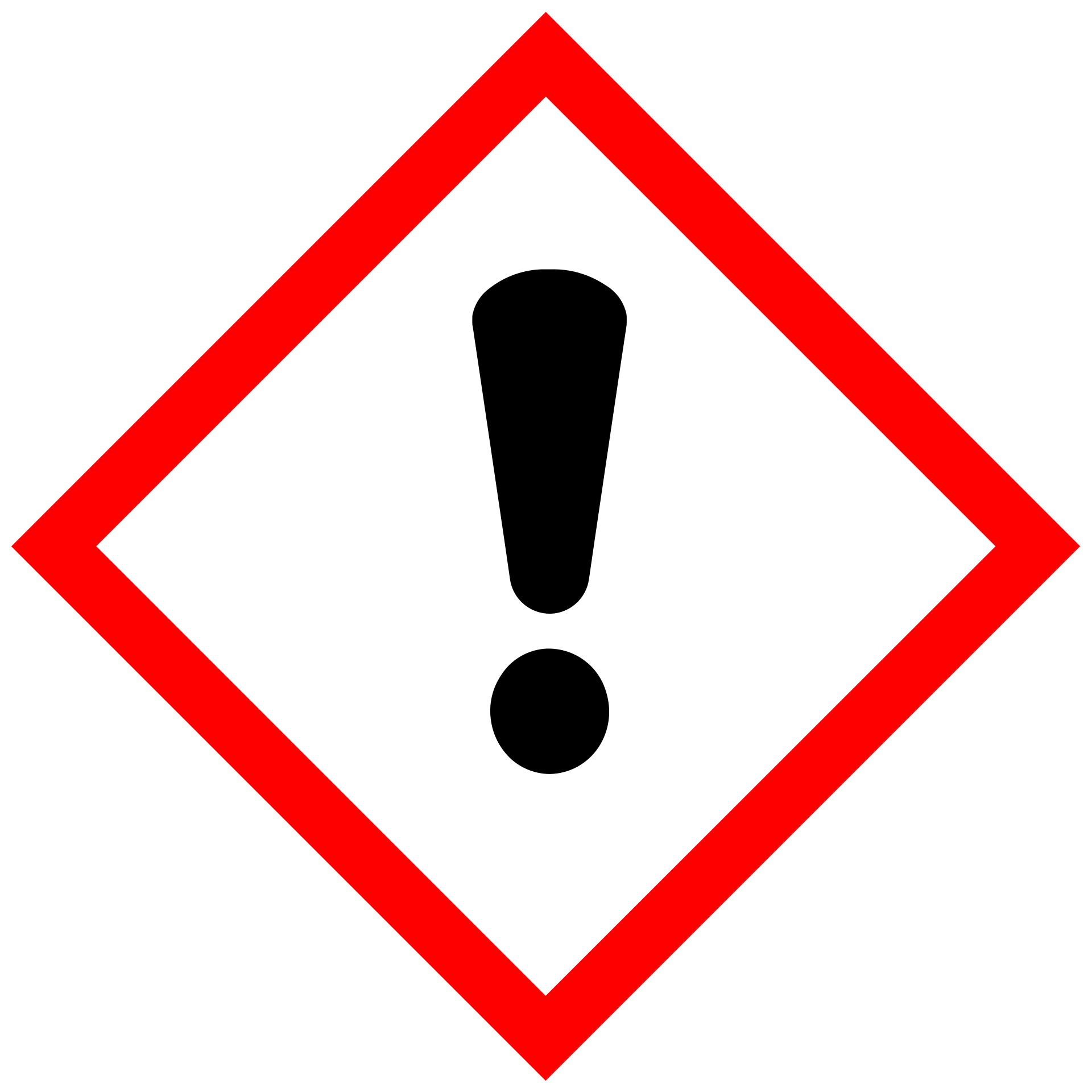 |
GHS07: Harmful | Warns of substances that may irritate skin, eyes, or respiratory tract, or cause allergic reactions (e.g., ammonia, chlorine). |
| 3 | 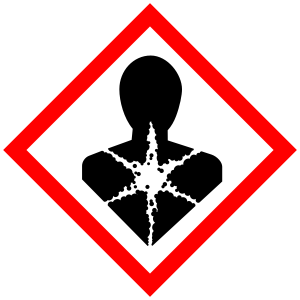 |
GHS08: Long-Term Health Hazard | Indicates substances that may cause cancer, genetic mutations, reproductive harm, or chronic toxicity (e.g., benzene, asbestos). |
| 4 | 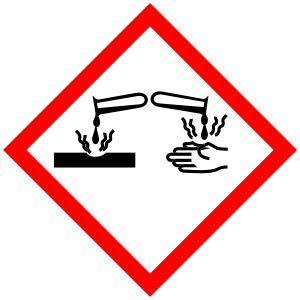 |
Corrosive | Warns of chemicals that cause corrosion to skin, eyes, or metals. |
TOP 2 Environmental Toxic Substance Warning Signs
| No. | Toxic Symbol Image | Symbol/Name of Hazard Sign | Warning Meaning |
| 1 | 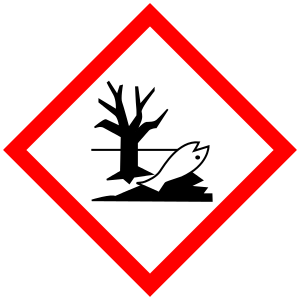 |
GHS09: Environmental Hazard | Warns about substances harmful to aquatic life, ecosystems, or the environment (e.g., pesticides, diesel). |
| 2 | Not Required | Immediate danger to aquatic environment, categories 2 and 3. Long-term danger to aquatic environment, categories 3 and 4. |
TOP 8 Hazardous Chemical Warning Symbols in Transportation
| No. | Toxic Symbol Image | Symbol/Name of Hazard Sign | Warning Meaning |
| 1 | 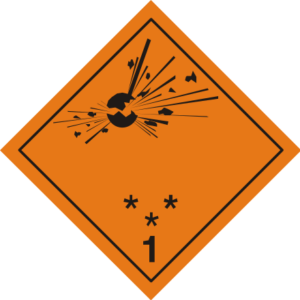 |
Class 1.1 to 1.3 |
|
| 2 | 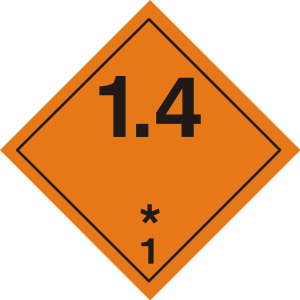 |
Class 1.4 |
|
| 3 | 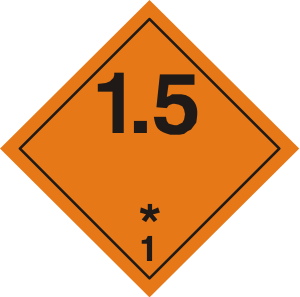 |
Class 1.5 |
|
| 4 | 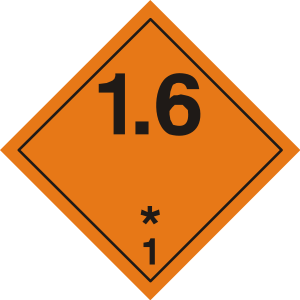 |
Class 1.6 |
|
| 5 | 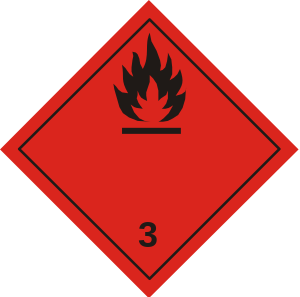 |
Class 3 |
|
| 6 | 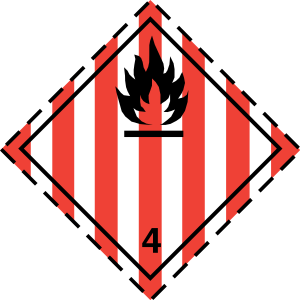 |
Class 4.1 | Flammable solids, self-reactive substances or desensitized explosives. |
| 7 | 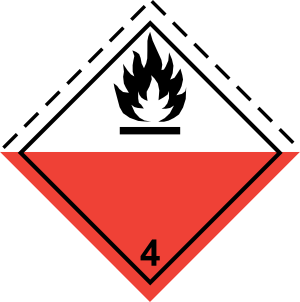 |
Class 4.2 | Substances liable to spontaneous combustion. |
| 8 | 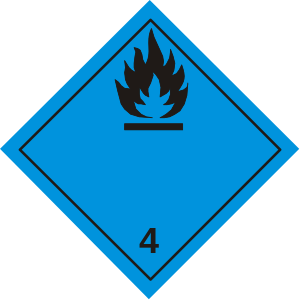 |
Class 4.3 | Substances that emit flammable gases when in contact with water. |
TOP 2 Biohazard Warning Signs
| No. | Toxic Symbol Image | Symbol/Name of Hazard Sign | Warning Meaning |
| 1 | 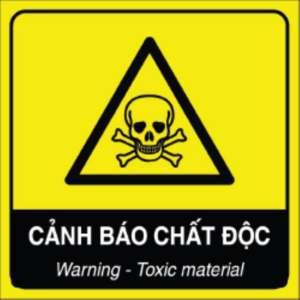 |
Biohazard Risk Sign | Warns of biological toxin risks that may harm humans, animals, or the environment. |
| 2 | 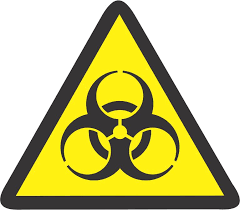 |
Biohazard Symbol | Indicates the presence of substances or materials that pose infection, contamination, or microbiological danger. |
Frequently Asked Questions About Hazardous Toxic Waste Signs
What does the skull and crossbones symbol on waste mean?
The skull and crossbones symbol on waste indicates a high level of toxicity. It warns that the waste can cause death or severe harm if ingested, comes into contact with skin, or is inhaled.
What does the exclamation mark symbol in chemicals mean?
In the field of chemicals, the exclamation mark symbol (GHS07) is an important hazard warning. It indicates that a chemical may pose health risks to humans or have negative effects on the ozone layer. Specifically, it warns of risks such as: causing irritation to the skin, eyes, or respiratory system; inducing drowsiness or dizziness; triggering allergic skin reactions; or having potential toxicity if swallowed, inhaled, or comes into contact with skin.
What is the standard for hazardous chemical warning symbols?
Hazardous chemical warning symbols follow standardized regulations under the Globally Harmonized System (GHS), which classifies and labels hazardous chemicals. These symbols are often visual icons in various colors and may include detailed information to clarify the level of chemical risk.
International standards for hazardous substance signs include:
- Globally Harmonized System (GHS):
-
-
- Developed by the United Nations, GHS standardizes the classification and labeling of chemicals worldwide.
- Applied in many countries, including the EU, USA, Canada, Vietnam, Japan, South Korea, etc.
- Chemical labels must include: product name, hazard symbol, signal word (Danger/Warning), precautionary statements, and supplier information.
-
- REACH and CLP Regulations (EU):
-
- REACH (Registration, Evaluation, Authorisation and Restriction of Chemicals): EU regulation requiring SDS and GHS-compliant labels.
- CLP (Classification, Labelling and Packaging): Aligns EU law with GHS for classifying, labeling, and packaging chemicals. Applies to 27 EU countries and EFTA, supporting 20 official languages.
- OSHA Hazard Communication Standard (HCS) (USA): Requires SDS to comply with GHS format (16 sections) and chemical labels to include GHS symbols, signal words, and precautionary statements.
- WHMIS (Workplace Hazardous Materials Information System) (Canada): Requires bilingual (English and French) labels and SDS, in compliance with GHS and hazardous product regulations.
- TCVN 6707:2009 (Vietnam): Regulation for hazardous waste signs applied to facilities storing, transporting, and treating hazardous waste. Signs must be clear and provide information on risks and safe handling.
- UN Number (United Nations): UN numbers are used in international transport to identify hazardous chemicals. They appear on labels and in SDS (Section 14 – Transport Information).
Notes
- Training: Workers must be trained to understand hazard signs and SDS content. For illiterate individuals, appropriate communication methods should be used.
- Compliance: Signs and labels must adhere to the host country’s legal regulations and international standards to ensure safety and avoid penalties.
- Supplementary labels on drums: Supplementary labels must include full GHS information, UN number, product name, and safety instructions, and must be securely affixed to the packaging.
Hazardous substance signs play a crucial role in ensuring occupational safety, protecting human health, and preserving the environment. Understanding GHS symbols and complying with international standards like REACH, CLP, or TCVN 6707:2009 significantly reduces risks when working with dangerous chemicals. Always pay close attention to warning signs on packaging, SDS, or in the workplace for safe chemical handling.
K-CHEM VIETNAM CO., LTD
- Address: N6B Road, Lot F, Phu Chanh 1 Industrial Cluster, Phu Chanh Ward, Tan Uyen City, Binh Duong Province, Vietnam
- Tel: +84 274 362 0218
- Email: info@k-chem.vn


